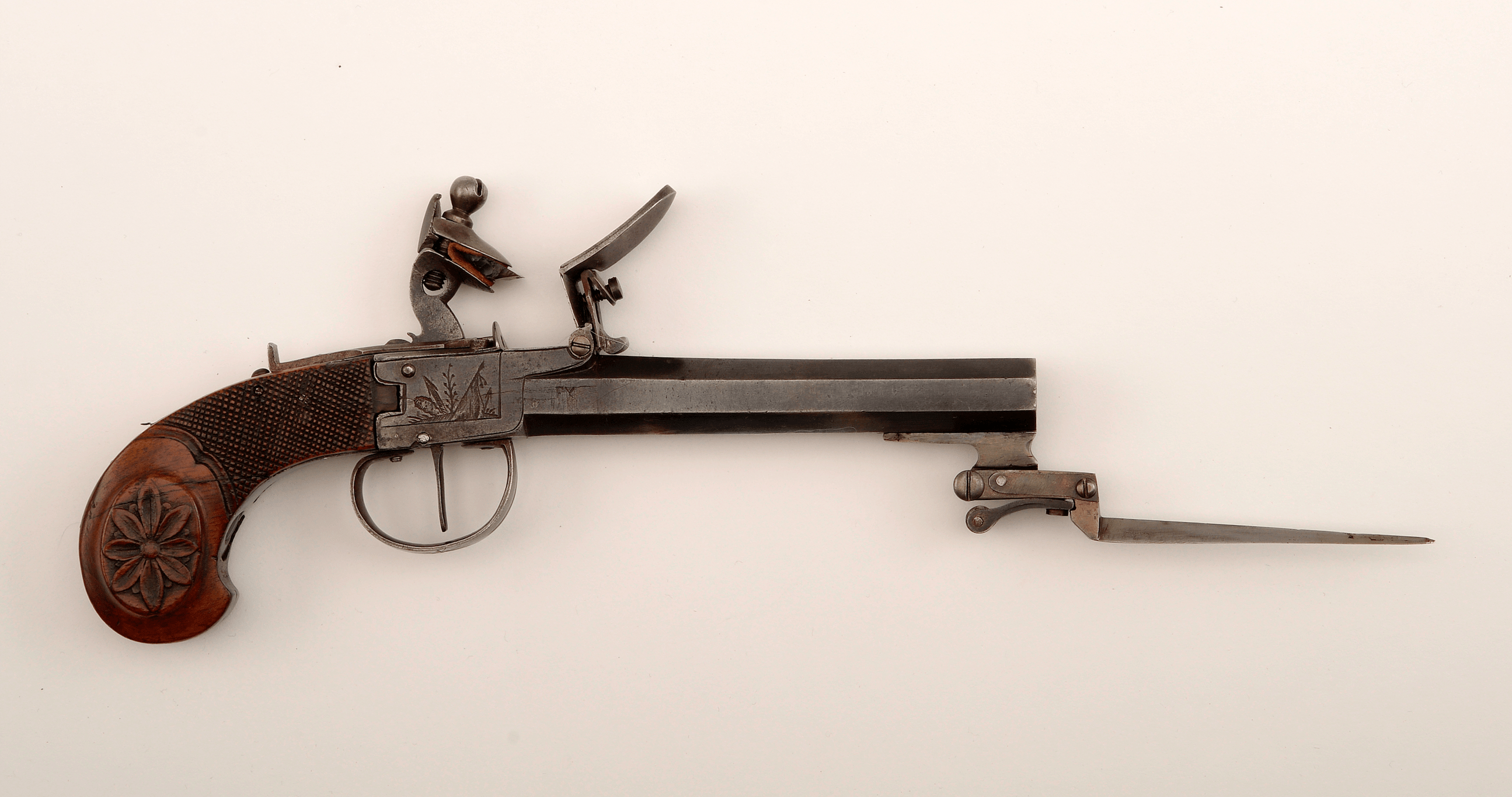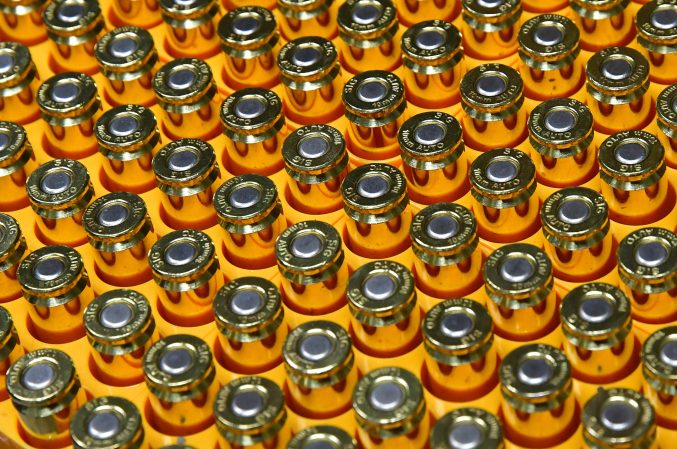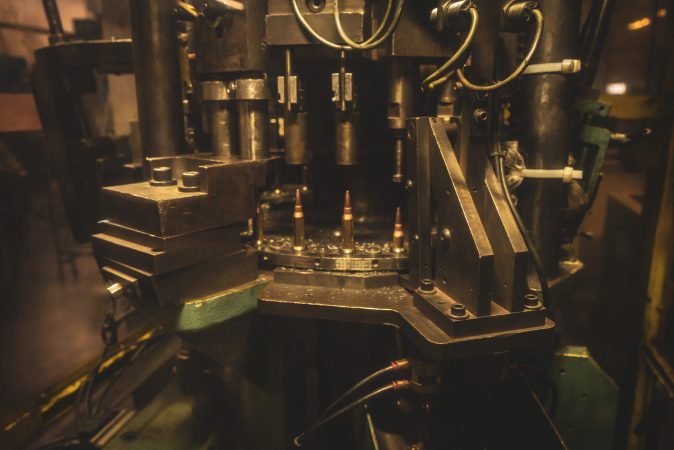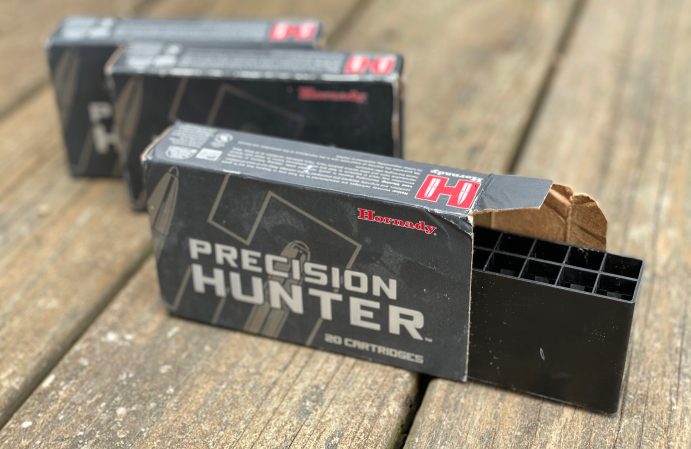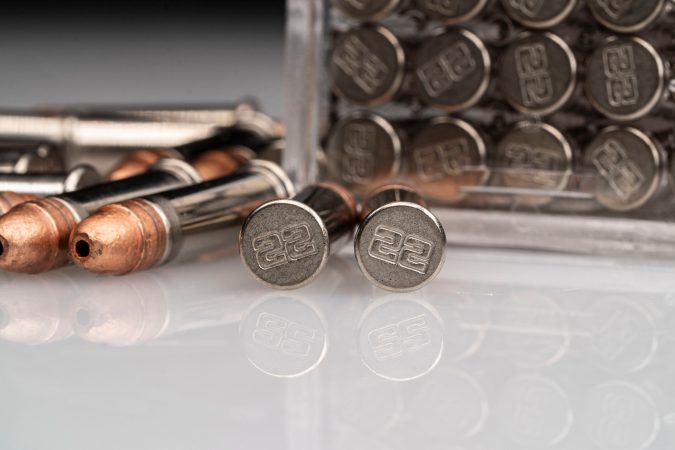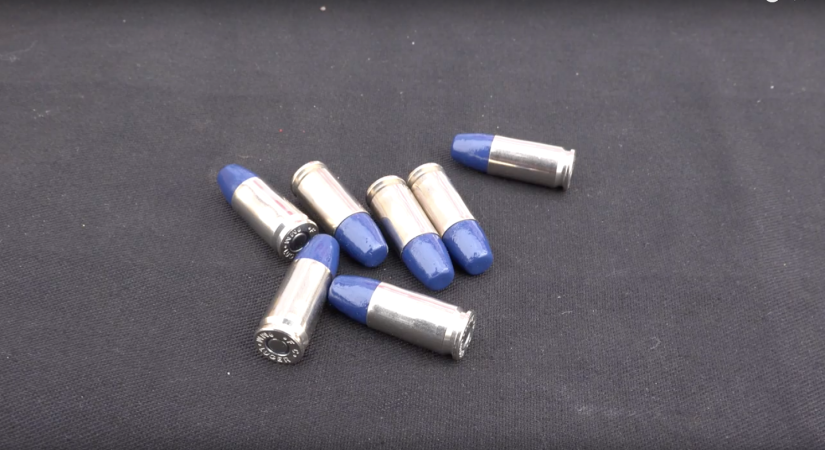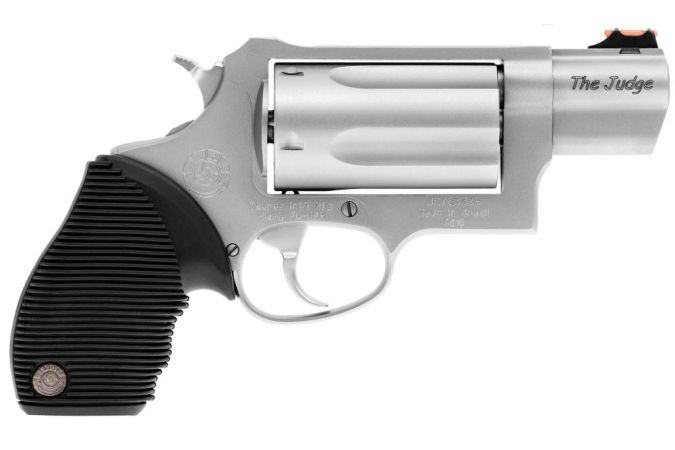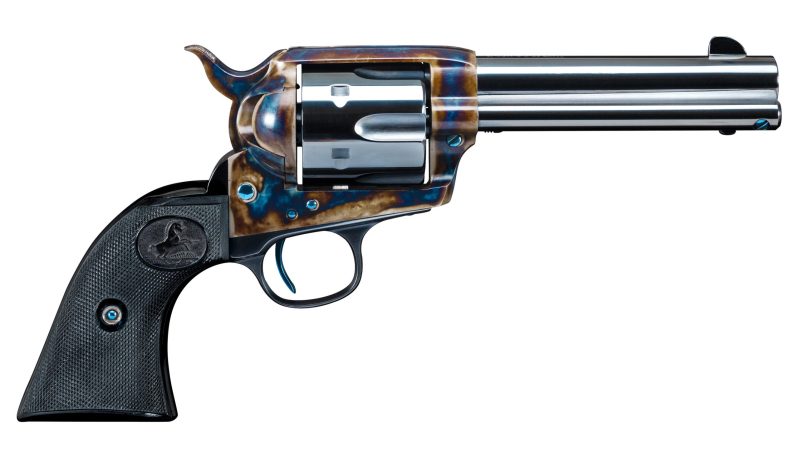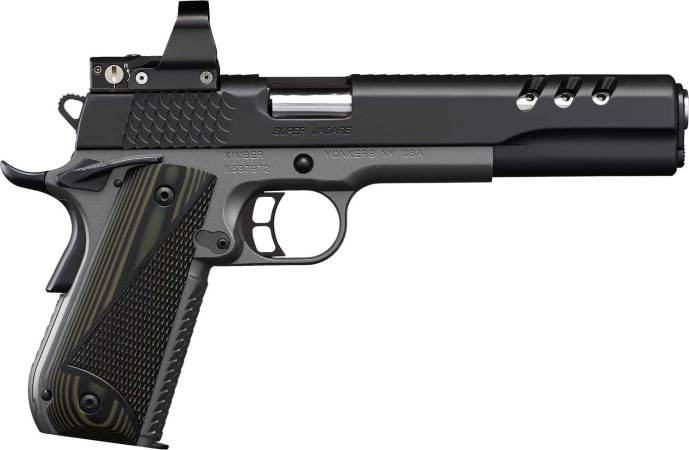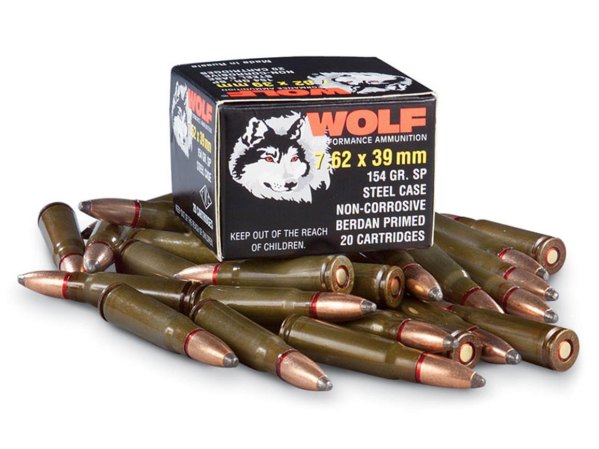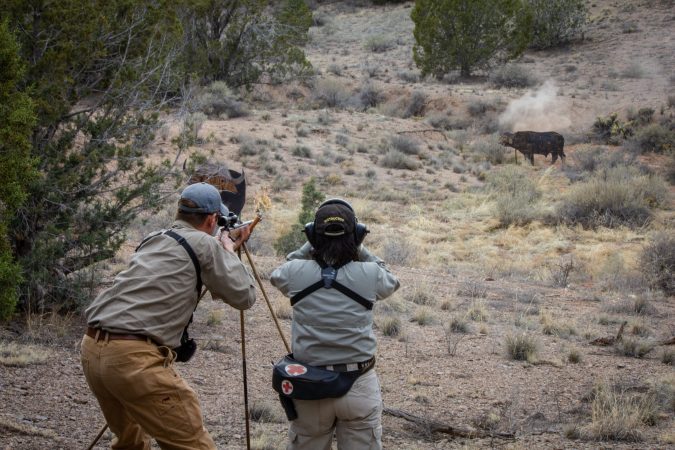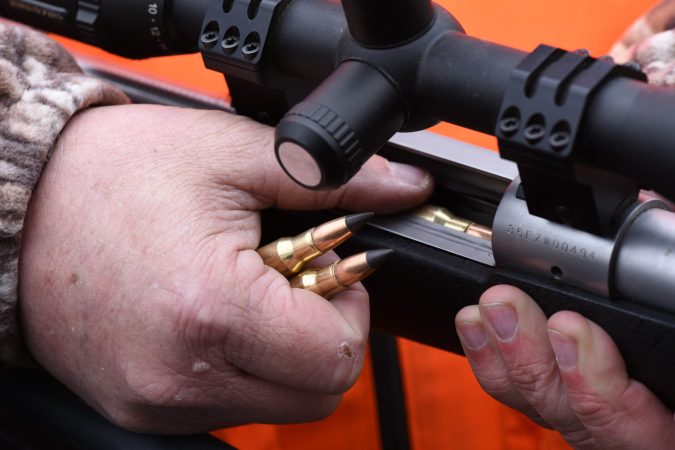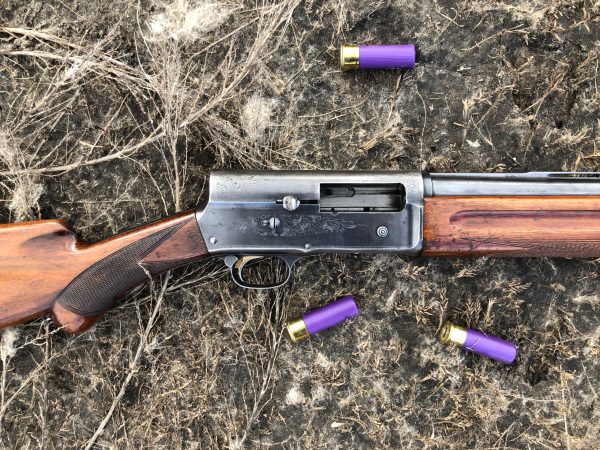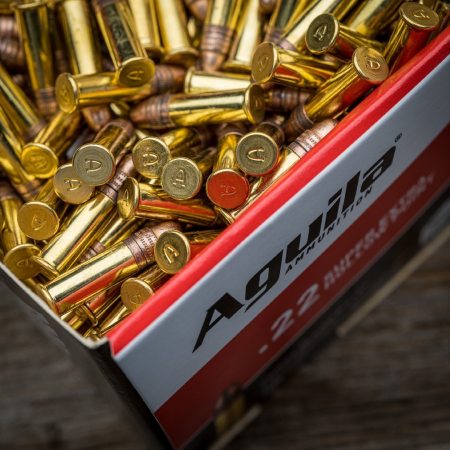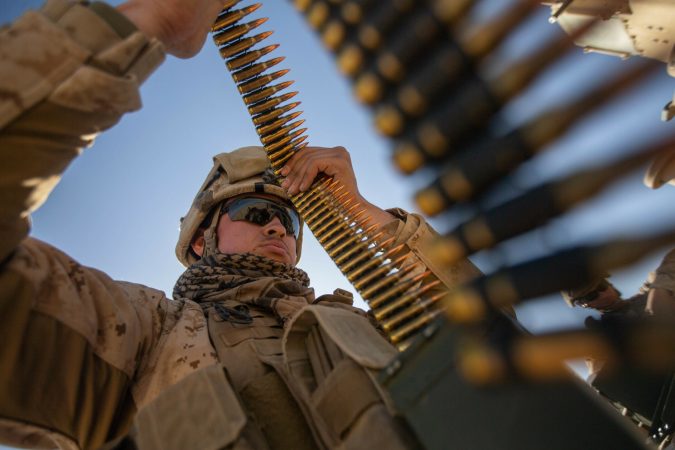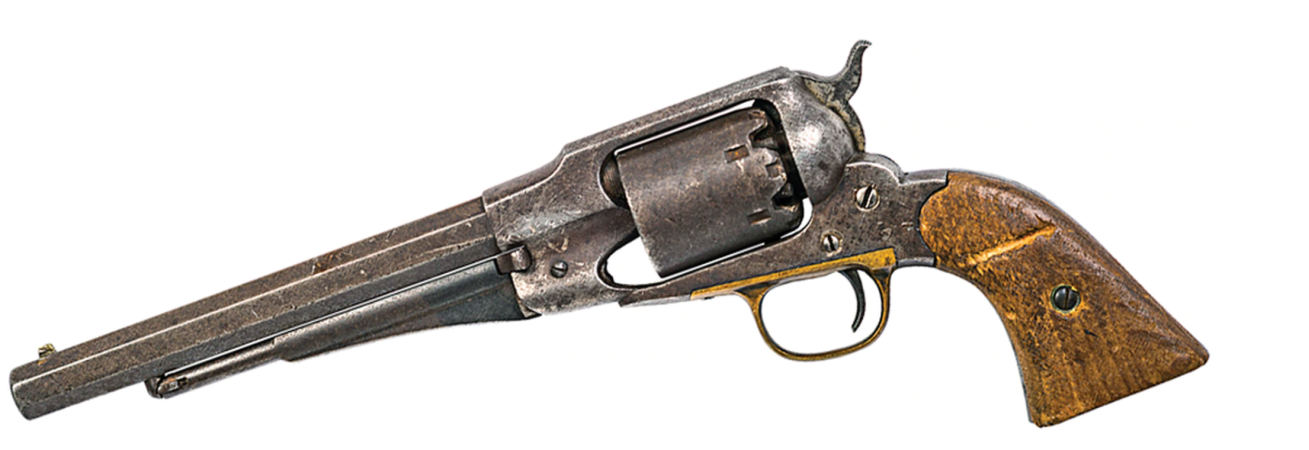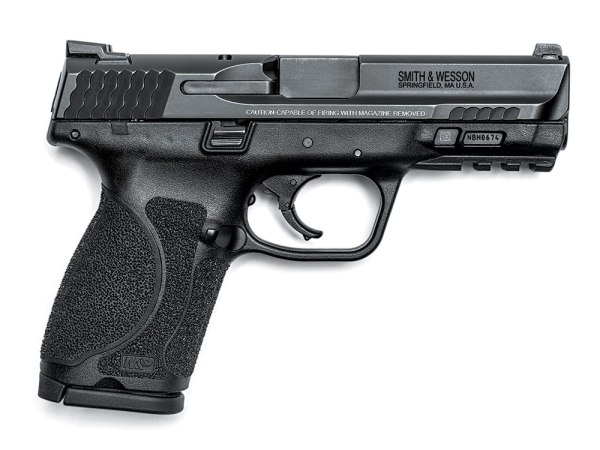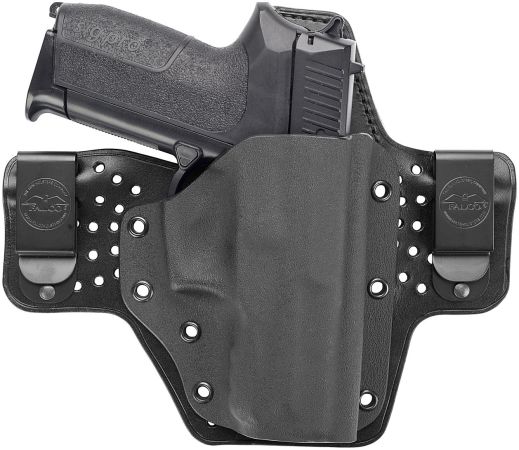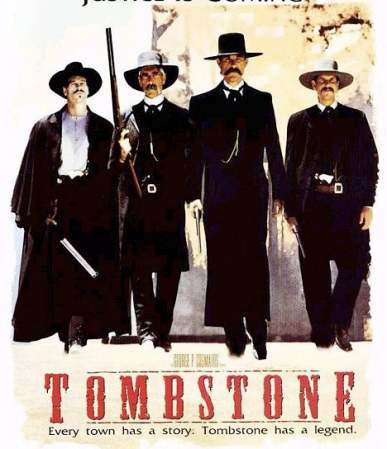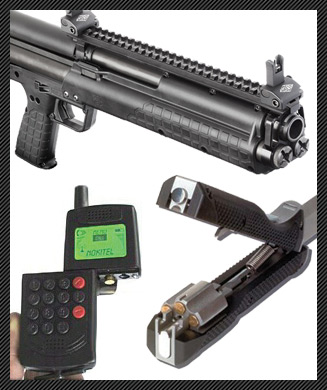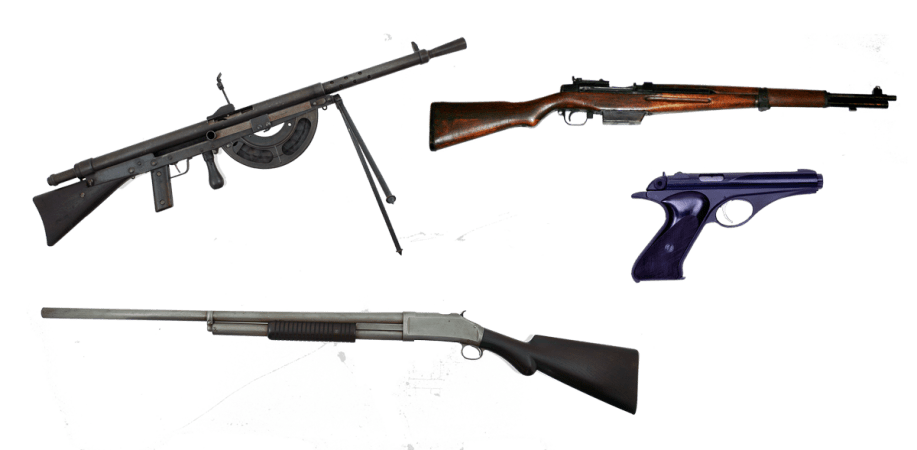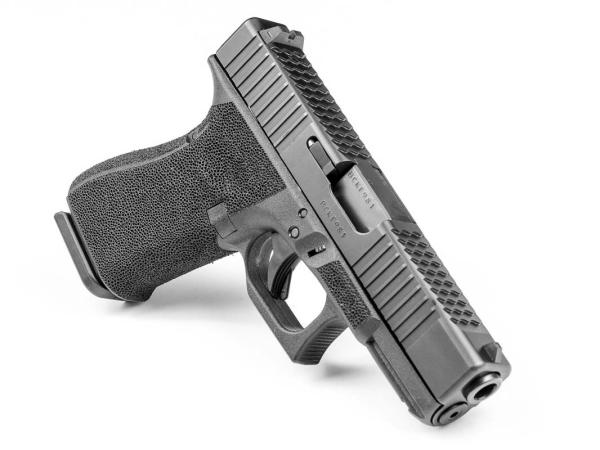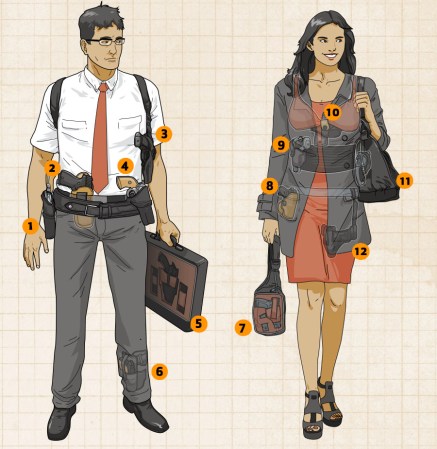We may earn revenue from the products available on this page and participate in affiliate programs. Learn More ›
The use of smaller handguns, known as “pocket pistols,” has been popular for centuries. They were carried by all types, from kings to cowboys. Although, it should be noted that what was considered “pocket” is relative to the technology of the day as well as the clothing options at the time of invention. And one thing that has remained consistent throughout much of pocket pistol history is that the ability to conceal these firearms has often been perceived as a serious threat to nobility and government leaders because the guns are small and difficult to detect until it was too late. At the same time, pocket pistols have served as an excellent self-defense option.
Over time, the pocket pistol has changed in appearance, size, caliber, and evolved with advancements in technology. It has gone by many names – derringer, muff, boot, vest, and even mouse guns. Today, the terminology leans toward compact and subcompact. And it remains a beloved firearm by those who carry it.
Queen Anne Pistol
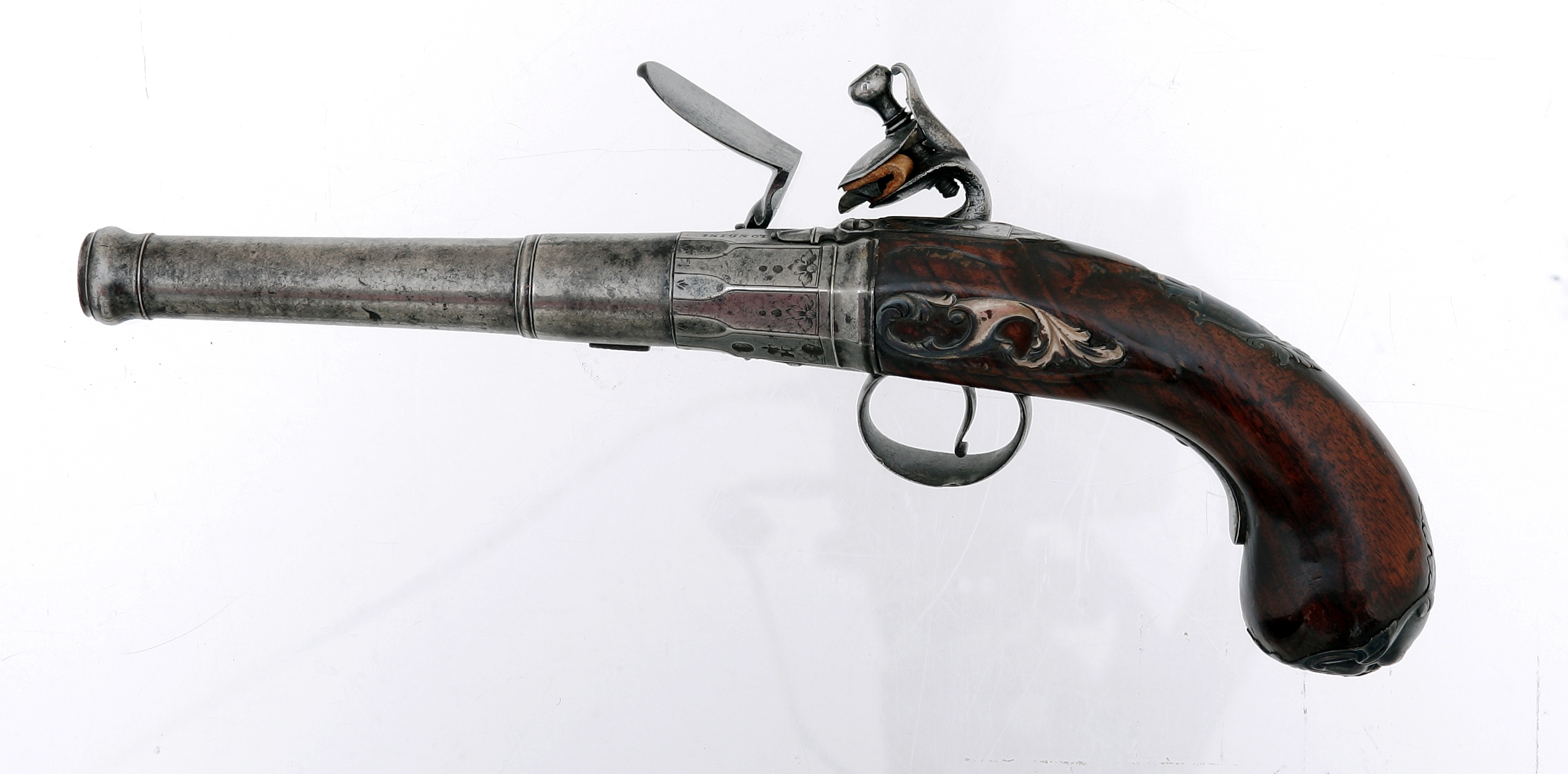
Many credit the first pocket pistol as being the Queen Anne of the 18th century. Based on the availability of handguns at the time, the term “pocket” is used loosely as the gun is quite large by modern standards. This pistol was a single-shot, black powder flintlock which is recognizable by the breech and trigger-plate, forged into one piece with the lockplate. This pistol is also an early example of a breechloader. The accessibility of the breechloading function though is not as simple as with other firearms. This pistol needed to be unscrewed with the help of an external tool. Like other firearms of the day, it fired a round ball.
The Henry Deringer Pistol
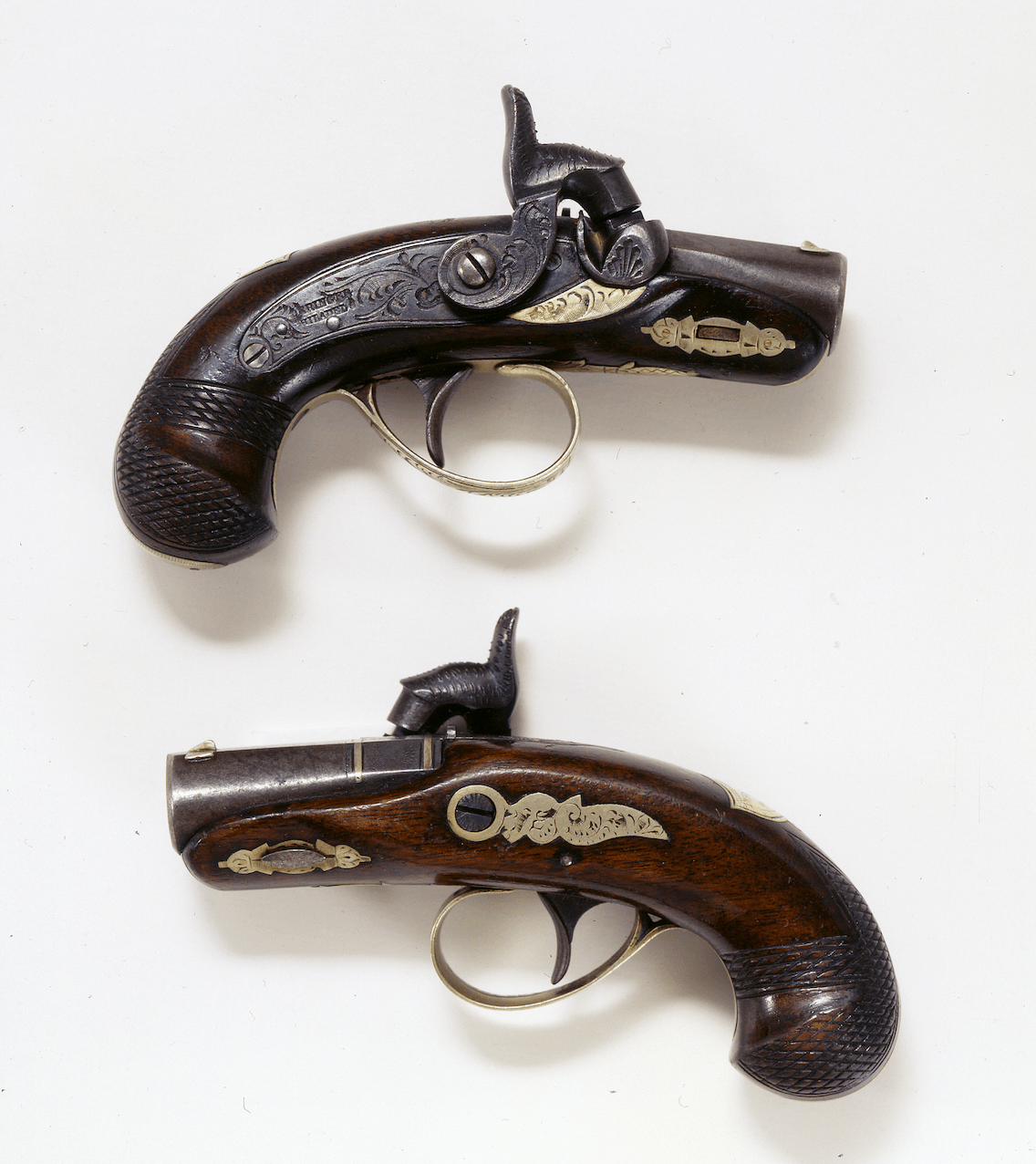
Note the spelling of Deringer in this section. Henry Deringer was a gunmaker out of Philadelphia who made several types of firearms, including contract muskets for the U.S. government. However, he is most well-known for a pocket pistol that bears his name. There are many variations of this gun, but most of the characteristics remained similar. They were single-shot, black powder, back-action (where the operational parts of the gun are behind the hammer) percussion pistols of at least .41-caliber. Barrel lengths, engraving styles, overall size, and grip shape are a handful of the variables that can be seen from his guns from the 1850s through the 1860s. It is unknown exactly how many pistols he made, but it is believed to be around 15,000. The gun was the model John Wilkes Booth used to assassinate President Abraham Lincoln.
Despite its use in Lincoln’s murder, Deringer’s pistol was so popular that it led to many copycats, such as Slotter and Company and AJ Plate. In fact, Deringer had an iconic lawsuit with Plate that would set a precedent for the legitimacy of trademark law even in the absence of a patent.
Derringer Pistols
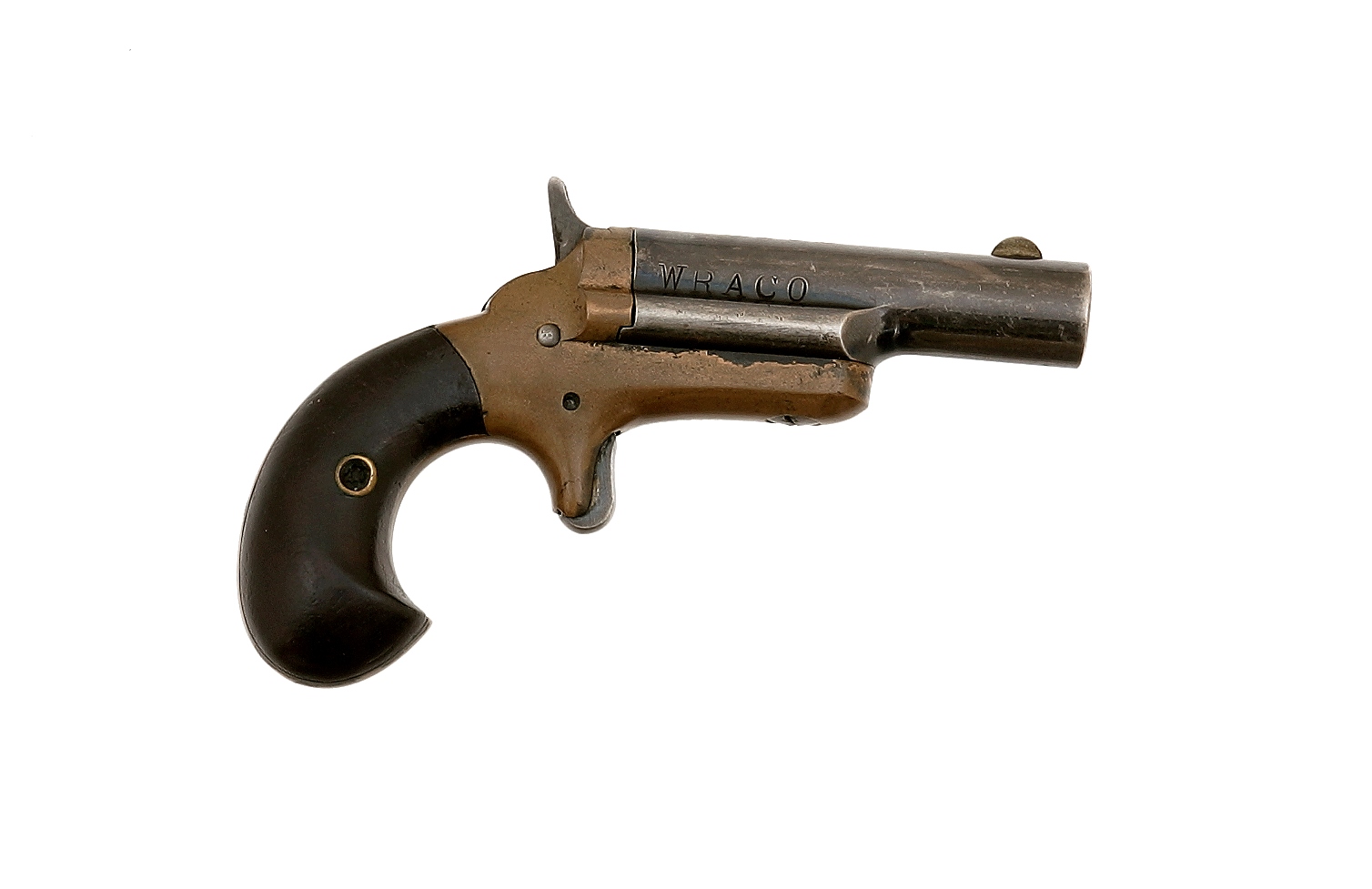
The term derringer (with an extra “r”) has become interchangeable with the pocket pistol. However, some companies as mentioned above, were a little bolder. For example, Slotter and Company went to the trouble of hiring someone named Deringer to use the name on their pistols that looked eerily similar. Other smaller firearms though did not directly imitate the single shot. For example, the Colt Thuer pistol is still a single shot but very different in appearance and function (it’s a breechloader). Colt even had the Model 1849 “Baby Revolver” before the Deringer was popularized. And many of these earlier guns were repeating firearms, especially pocket revolvers such as the Smith & Wesson No. 1 and their Ladysmith series, as well as pepperboxes like the Remington Zig Zag derringer.
Browning-Designed Semi-Automatic Pistols
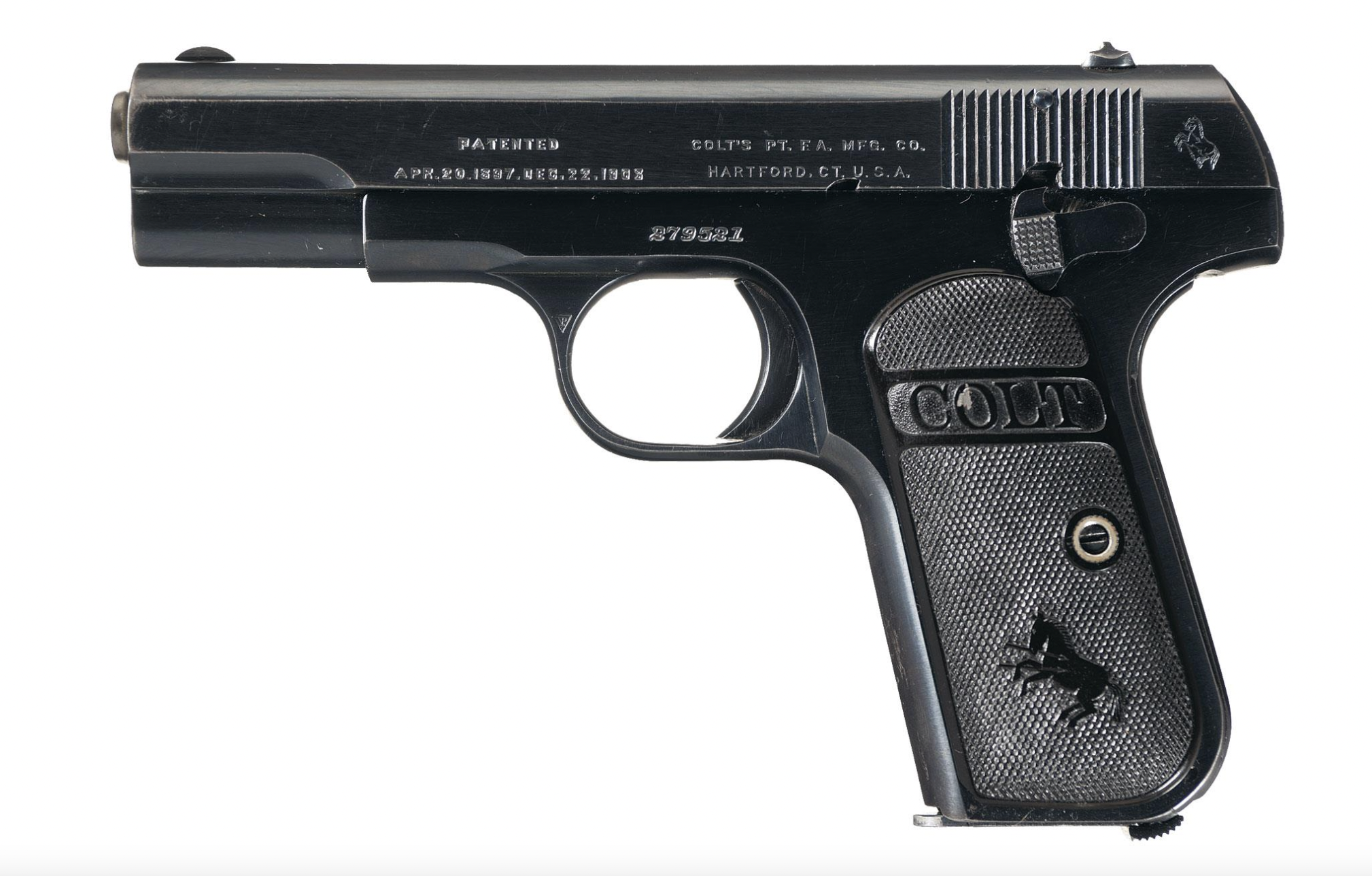
By the turn of the 20th century, semi-automatic pistols were becoming popular on the civilian market and John Moses Browning was at the forefront of that design. Before the full-size Model 1911 in .45 ACP was adopted by the military, his initial guns were rather small. One of those guns was the FN (Fabrique Nationale) 1899/1900 and the Colt Model 1903 Hammerless, both in .32 ACP. Quickly after that, Browning would utilize his new cartridge design, the .380 ACP, in similar semi-automatic guns. The .380, although developed in the early 1900s, saw a resurgence in popularity with the modern rise of compact and subcompact firearms. Although, due to improvements in 9mm, many manufacturers choose that for power and effectiveness in self-defense.
Pocket Pistol Gun Restrictions
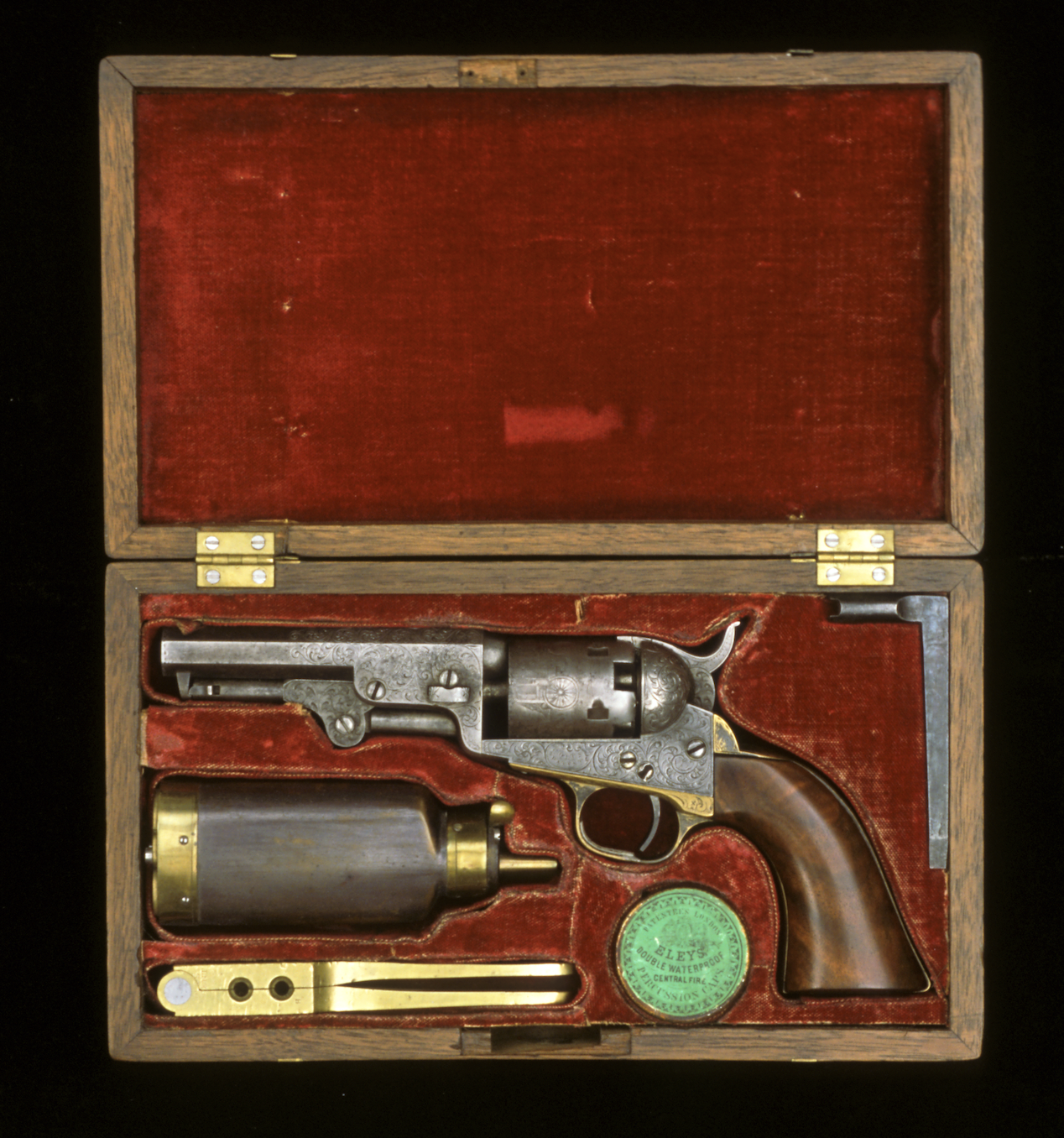
The most prominent early example of concern over early pocket pistols came from Roman Emperor Maximilian I in 1517. At the beginning of the 1500s, a new technology emerged that allowed for the ability to conceal a handgun in a manner that did not exist prior. Before then, the only firearms ignition in existence utilized a slow burning rope to ignite gun powder and fire a gun. So, it made sense that unless someone wanted to light themselves on fire, they were not primed and ready to conceal said gun under their clothing. However, the creation of the wheellock – an ignition system that operated with a spinning wheel to spark pyrite rather than using an exposed flame – allowed concealment to be a reality for the first time, which caused the emperor concern for fear of its use in assassinations. As such, he banned the ownership of short-barreled wheellock firearms. Even smaller wheellocks though were typically large.
In America there was concern over the use of pocket pistols after the assassination of President Lincoln on April 15, 1866, in which the single-shot percussion Deringer pistol was used. Pocket pistols also became widely popular across the American West. Several towns, particularly at the end of cattle drives, passed regulation on carrying firearms within city limits. The rationale was that cowboys, now flush with cash and time to burn, were more likely to start brawls and use their firearms against one another. However, in this case, the guns that were turned in were larger open carry firearms such as Colt Single Action Army, Smith & Wesson Schofield, and Remington New Model revolvers. Pocket pistols were often kept concealed to evade such a law, showcasing a potential ineffectiveness of such regulations.
Moving into the 20th century, the prevalence of small revolvers and semi-automatic pistols still was of concern in the U.S. after the assassination of President William McKinley on Sept. 14, 1901, with an Iver Johnson revolver. Newspaper reports at the time described this violent act as escalation of anarchy. And the first true federal regulation of firearms was the National Firearms Act of 1934. The banning of handguns was ultimately not included. The law regulated machine guns, silencers (or suppressors), and short-barreled rifle and shotgun ownership.
Read Next: There Is Far More to Concealed Carry Than Just Buying a Handgun
As the 20th century continued, after the assassinations of President John F. Kennedy and civil rights leaders Martin Luther King Jr., the Gun Control Act of 1968 did target smaller, inexpensive handguns that became colloquially known as “Saturday Night Specials.”
Today, however, the concealed carry market is larger and more popular than ever. These compact guns, too numerous to count, have not only balanced size but also the ability to maximize caliber, unlike the smaller .22 revolvers of the mid-19th century. Concealed carry is regulated differently from state to state. Some require separate licensing and training; others allow constitutional carry (without a license or permit).
